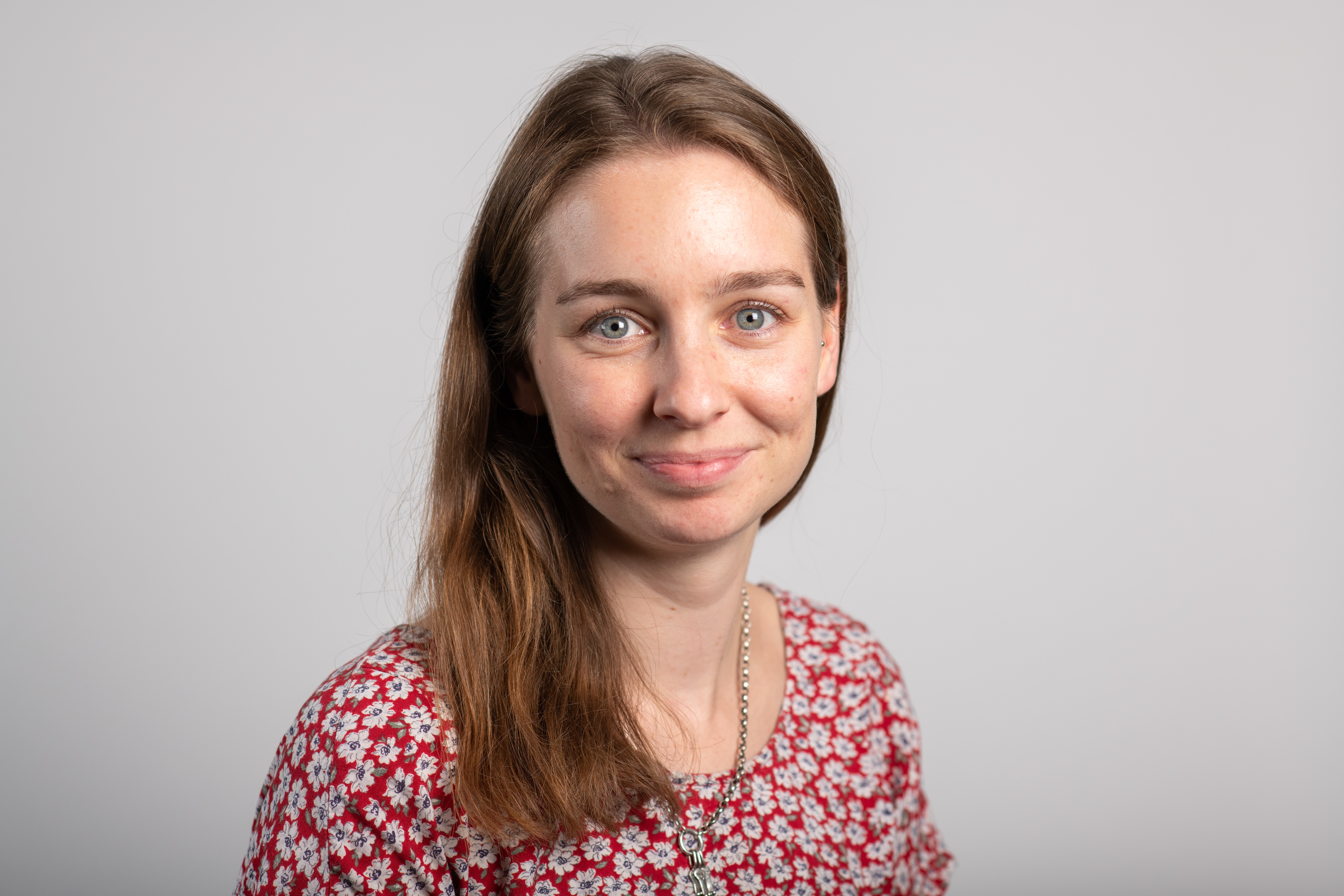August 2021
At CPRE, the countryside charity, we’ve been exploring what it might mean to ‘connect people and countryside’ and what we can do to help overcome the fact that for many people, the countryside – with all its wonders and health and wellbeing benefits – feels like a luxury they can’t access.
As a predominantly white, middle-class and able-bodied organisation – and tending to be people who regularly visit or live in the countryside – we are clearly not the experts on why some people can’t access the countryside. We knew we had to approach this work, and build up our knowledge base, in a different way.
That’s why, in 2020, we commissioned research looking at access to nature for people of colour that took a peer-led approach. The project was facilitated by the New Economics Foundation (NEF) but the research team was made up of individuals with an interest (professional, personal and academic) in access to the countryside and are all people of colour themselves.
You can read the full rich, detailed experiences and stories on our website. Here we set out some of our key learnings from the journey that the research took CPRE on.
Learning one: stepping back is crucial to gaining trust
Stepping back and having the research designed, guided and carried out by people with direct experience of the topic made it a much deeper dive into some of the difficult and personal experiences of barriers to exploring the countryside, as the stories show.
But it wasn’t an easy process. As part of one of the UK’s second least diverse workforces in terms of race, we knew we had to focus on building trust and stepping back was essential to that. We learned the value of ‘moving at the pace of trust’ – a phrase we heard from one of the researchers. It’s brilliant advice that’s often stated by racial justice activists (including in adrienne maree brown’s ‘Emergent strategy’).
In practical terms, moving at the pace of trust meant trying to put aside our default, habitual ways of doing things and the usual timescales and patterns for how we ‘launch’ and present research and projects.
If we’re going to truly work with marginalised groups and communities of colour to ensure the countryside is more welcoming, we need to find shared approaches, founded on trust.
Learning two: nature connectedness is not the same as countryside connectedness
‘The countryside’ is a difficult concept to define. It includes landscapes, communities, economies and homes. Each of us carries our own vision of what the countryside means to us. And in our line of work, it’s too easy to conflate a connection to the countryside with a connection to nature. This research has shown us the importance of understanding the differences.
Connections to, and understanding of, the health and wellbeing benefits of nature come through clearly in the stories and experiences shared, with ample examples of the strong nature connections some of the migrant communities interviewed have. But that doesn’t necessarily translate into visiting, engaging with, feeling welcome in or connected to the countryside.
We have to consider why this is if we’re to see more people connecting with the countryside.
Learning three: lived experience puts people in the picture
Over the past few years at CPRE, we’ve been focusing more on the ‘why’ of our work: getting to grips with the personal and human aspect of the ‘for the benefit of the nation’ element of our charitable objective
This research project showed the power of truly listening to a range of lived experiences to make sure we put ‘the benefit’ for people front and centre in our work. To some, this may be stating the obvious – but, like many charities with an environmental focus, it can be hard to show our human impact.
The stories and work that Maxwell, Sarah, Frederique, Sheree and Serayna shared, as well as the work by the other researchers along the way, and the honesty from the participants, brings to life the complex situation around access to the countryside for people of colour in a way that statistics, graphs and focus groups never could. We need to do more of this detailed, listening research.
Learning four: a sector ready for change?
There have been many moments over the past few decades when the environment sector has shown an interest in becoming more diverse and issues of access to the countryside for Black people and people of colour have bubbled up the agenda. This time, I hope we can create a lasting shift.
Conversations on diversity in the outdoors, access to nature and diversity and inclusion in our sector, are happening in many spaces right now. We need to sustain this and stay committed for years to come as it’s clear there’s a lot of catching up to do.
I hope that we can continue to be open about the challenges and successes of our endeavours, leaning on each other through the journey to ensure we’re not relying on the marginalised to carry the load of this work.
For us, the goal is a countryside for all – and it’s too important for us to falter.
Read the research findings and stories and find out more about CPRE’s ‘Countryside for all’ work, as well as our next steps, here.




Latest Blog Posts